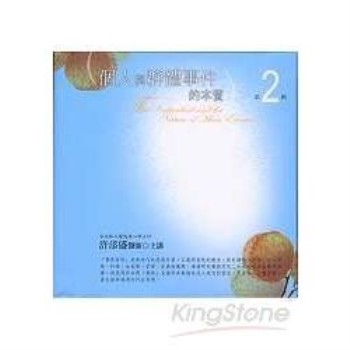The first part of this publication is to present a collection of exemplary five houses that evinced explicit relationships with preexisting trees. The five twentieth century projects are: La Casa (B. Rudofsky, 1969), Cottage Caesar (M. Breuer, 1951), Ville La Roche (Le Corbusier & P. Jeanneret, 1923), Villa Pepa (J. Navarro Baldeweg, 1994) and Hexenhaus (A. & P. Smithson, 1984-2002). The second part of the book is to contribute with three theoretical concerns for the contemporary project, those ones which are established in the process, with respect to time, place and outdoor domesticity in modern western housing. One of these theoretical contributions establishes that any house located on a site finds a significant place in conjunction with the preexisting trees. The second contribution describes the effects in terms of time, in addition to spatial considerations, which trees can contribute to the architectural project. Finally, the establishment of these connections between architecture and trees enlarges the idea of the house: the tree serves to draw the surrounding environment into the house and, as a result, becomes an intrinsic part of the house itself.












